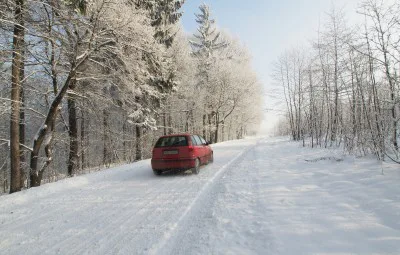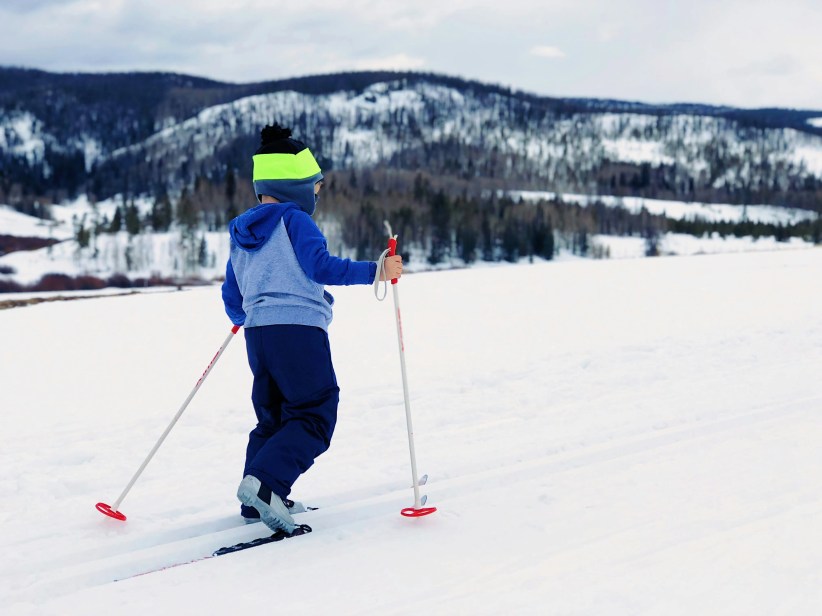Six winter driving tips to keep you and your children safe while traveling by car during the winter months.

1. Avoid Bulky Winter Clothes. We know you want your little ones to be warm this winter season, but please don’t strap your child into a car seat with a bulky coat as it can affect the ability of your car seat to do its job. A bulky coat can compress in a crash and create a loose car seat harness, putting your child at greater risk of injury in the unlikely event of a crash. To properly secure your child, the harness straps must be snug and close to their body.
Make sure your child’s harness is adjusted correctly year-round by using the “pinch test,” which is the best way to make sure your child is secure. First, remove bulky clothing and blankets. Make sure the harness straps are adjusted to the correct height—they should be at or just below the child’s shoulders when they ride rear-facing, and at or just above the child’s shoulders when they are forward-facing. Then buckle and tighten the harness straps. Place the chest clip at armpit level. Now pinch the strap at your child’s shoulder. If you are unable to pinch any excess webbing, you’re good to go.
2. Ensure Comfort and Safety at the Same Time. So how do you keep your little one warm and safe? Remove bulky coats and snowsuits before putting your child in their car seat or opt for outerwear that is not as heavy like a lightweight fleece or hoodie. To keep your child warm and toasty after you remove the bulky coat, you can use a blanket (or even the removed coat) placed over the tightened car seat harness. It also helps to warm the car up before leaving.
3. Check your Tailpipe. Before you get in your car, do a quick walk-around and check to make sure your tailpipe is not blocked with snow. A simple check can ensure you won’t have any problems with carbon monoxide, which is dangerous.
4. Prepare for Mother Nature. You never know when you might get stuck in the cold and snow, so always have an emergency bag stocked in your car. Be sure to include necessities like baby food or formula, water, diapers, extra blankets and a spare set of warm clothing. You’ll probably never need it but it’s nice to have just in case.
5. Watch Out for Sleds. One of the great things about snow is the chance to go sledding. And kids will do it anywhere, anytime, often cruising right into the street. That creates one more thing to look for when you’re driving. A few ways to be prepared are to slow down and be especially alert in residential neighborhoods and school zones, turn on your headlights earlier in the day if your car is not equipped with daytime running lamps, and, as always, reduce any distractions inside your car so you can concentrate on the road and your surroundings.
6. Buckle Up. This is an “all-weather” tip. We know that when adults wear seat belts, kids wear seat belts. So be a good example and buckle up for every trip. Your kids are safer in a crash when everyone in the vehicle is buckled up.
Julie Kleinert is the North American child safety technical lead for General Motors and Kate Carr is president and CEO of Safe Kids Worldwide.
Also see:
Seven Winter Safety Tips from the American Heart Association



















